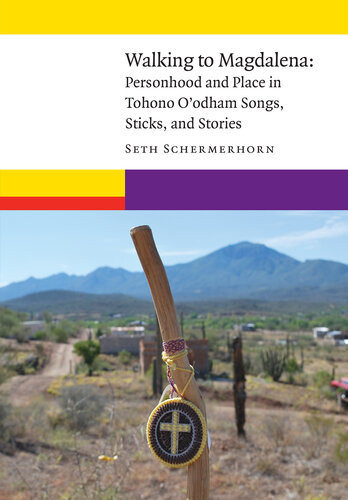

Most ebook files are in PDF format, so you can easily read them using various software such as Foxit Reader or directly on the Google Chrome browser.
Some ebook files are released by publishers in other formats such as .awz, .mobi, .epub, .fb2, etc. You may need to install specific software to read these formats on mobile/PC, such as Calibre.
Please read the tutorial at this link: https://ebookbell.com/faq
We offer FREE conversion to the popular formats you request; however, this may take some time. Therefore, right after payment, please email us, and we will try to provide the service as quickly as possible.
For some exceptional file formats or broken links (if any), please refrain from opening any disputes. Instead, email us first, and we will try to assist within a maximum of 6 hours.
EbookBell Team

4.3
58 reviewsIn Walking to Magdalena, Seth Schermerhorn explores a question that is central to the interface of religious studies and Native American and indigenous studies: What have Native peoples made of Christianity? By focusing on the annual pilgrimage of the Tohono O'odham to Magdalena in Sonora, Mexico, Schermerhorn examines how these indigenous people of southern Arizona have made Christianity their own. This walk serves as the entry point for larger questions about what the Tohono O'odham have made of Christianity.
With scholarly rigor and passionate empathy, Schermerhorn offers a deep understanding of Tohono O'odham Christian traditions as practiced in everyday life and in the words of the O'odham themselves. The author's rich ethnographic description and analyses are also drawn from his experiences accompanying a group of O'odham walkers on their pilgrimage to Saint Francis in Magdalena. For many years scholars have agreed that the journey to Magdalena is the largest and most significant event in the annual cycle of Tohono O'odham Christianity. Never before, however, has it been the subject of sustained scholarly inquiry.
Walking to Magdalena offers insight into religious life and expressive culture, relying on extensive field study, videotaped and transcribed oral histories of the O'odham, and archival research. The book illuminates indigenous theories of personhood and place in the everyday life, narratives, songs, and material culture of the Tohono O'odham.